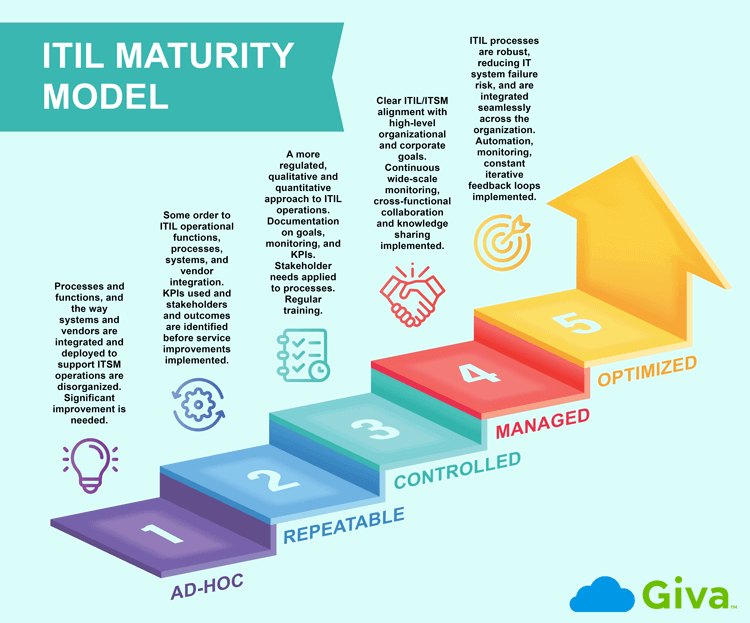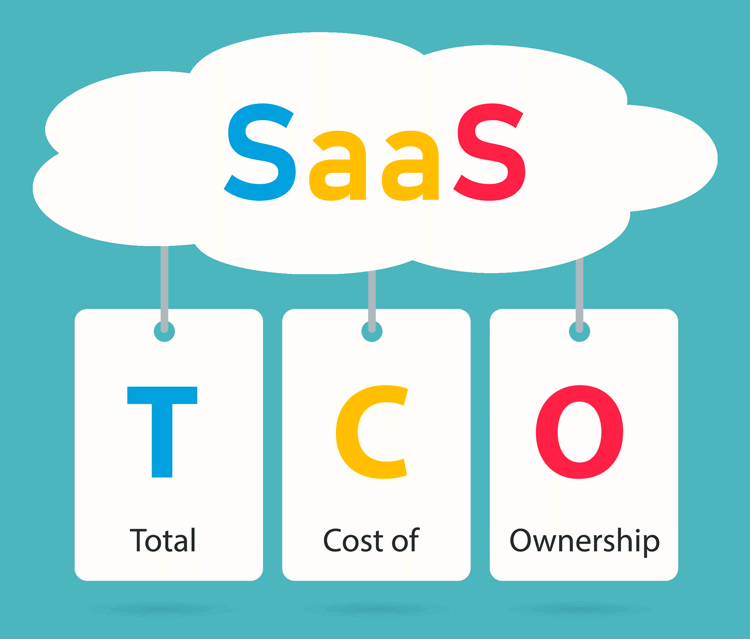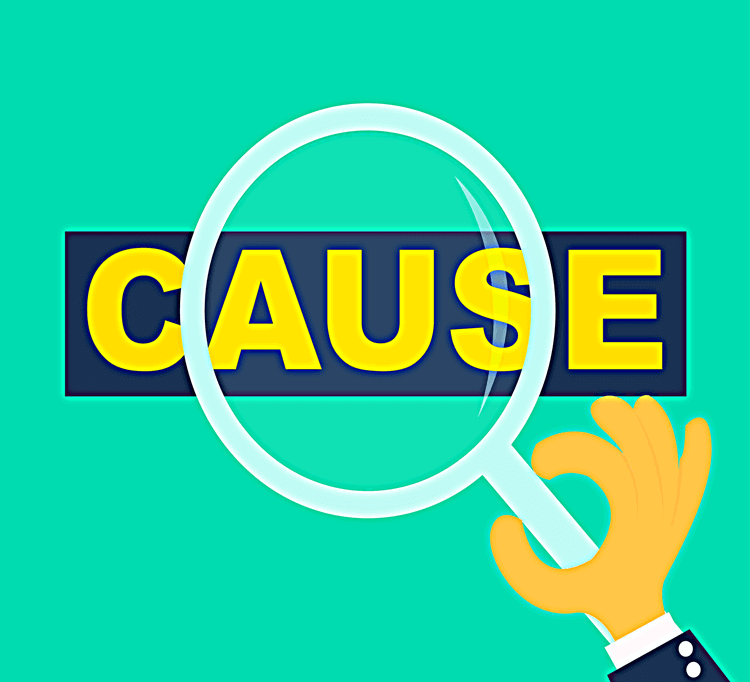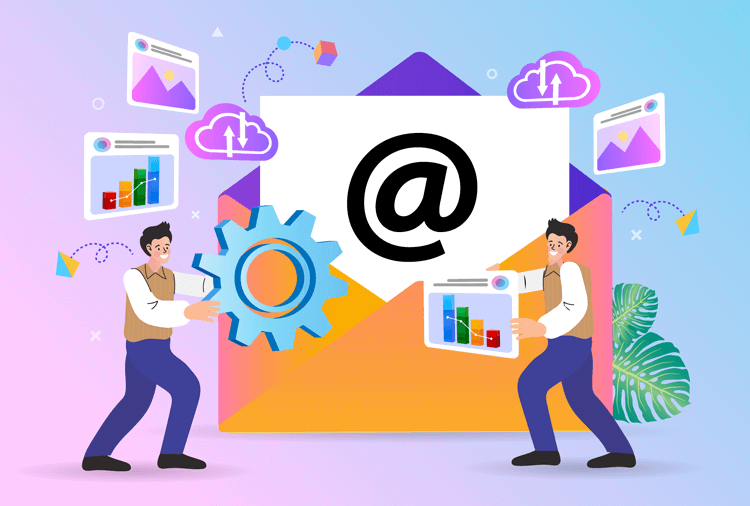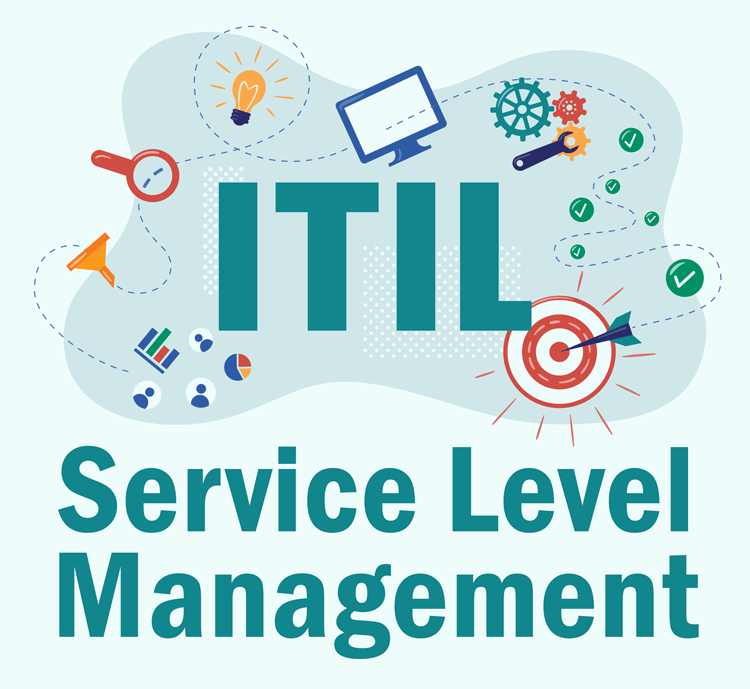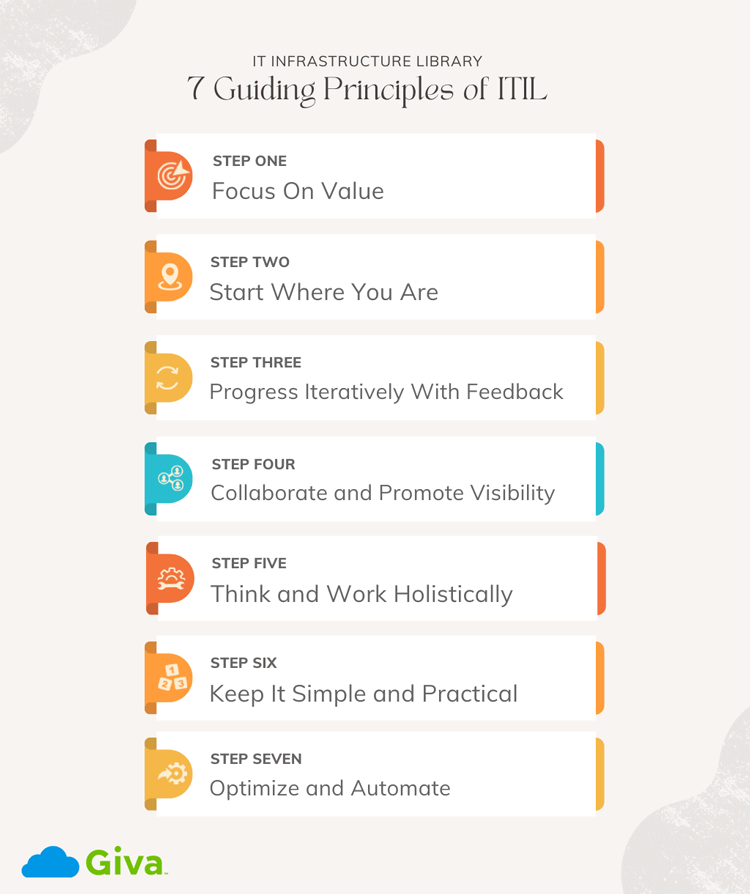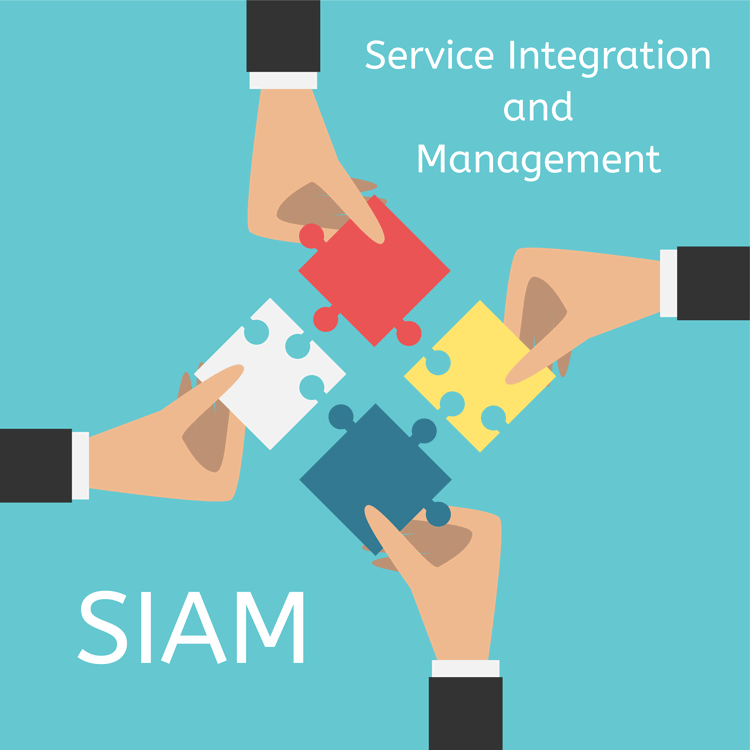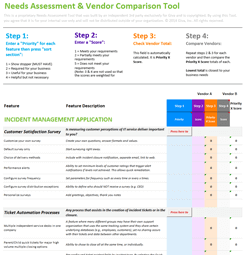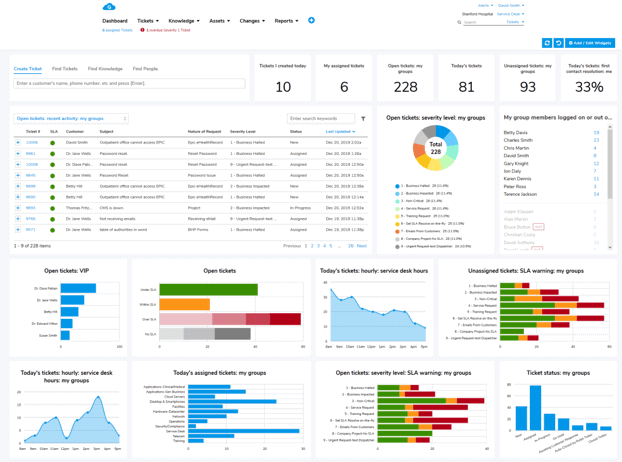Our Big List of As-A-Service Acronyms
The cloud is so much more than new-era data storage. It has grown to offer services of all kinds to businesses, healthcare organizations, educational faculties, and more. You may already be familiar with "Software as a Service" or the SaaS meaning. While that is a well-known expansion of cloud as a service, there are many other acronyms you may be unaware of. Each acronym reflects another capable service of the cloud — one or more of which may be of value to you and your organization. Continue reading as we have created a master listing of each service related to today's cloud technology.

